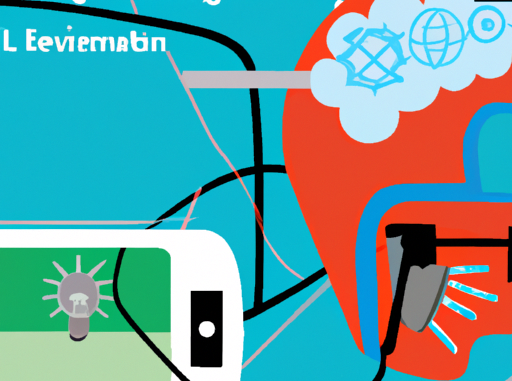
Virtual Reality in Education: Transforming Learning Experiences
The realm of education has been continually evolving with technological advancements, and one of the most impactful innovations to date is Virtual Reality (VR). VR is not just a new trend; it is an emerging technology that has the potential to transform the way we learn and teach. This article explores the current and future implications of VR in education, examining how it can enhance learning experiences and outcomes.
What is Virtual Reality?
Virtual Reality is a simulated experience that can be similar to or completely different from the real world. It involves the use of computer technology to create an artificial environment where users can interact within a three-dimensional space. VR typically requires the use of a headset and sometimes additional accessories like gloves or controllers.
Enhancing Engagement and Motivation
Traditional classroom settings often struggle to keep students engaged, particularly in subjects that may seem abstract or challenging. VR can transform these subjects by providing immersive experiences that capture students’ attention and interest. For example, a history lesson can come alive by allowing students to “walk” through ancient civilizations, or a biology class can offer a virtual tour inside the human body. This heightened engagement can lead to increased motivation and better retention of information.
Experiential Learning
One of the most significant advantages of VR in education is its ability to facilitate experiential learning. Students can practice real-world skills in a safe and controlled virtual environment. Medical students, for instance, can perform virtual surgeries, gaining valuable hands-on experience without the associated risks. Similarly, engineering students can test their designs in virtual labs, allowing for experimentation and innovation without the constraints of physical resources.
Accessibility and Inclusion
VR can also play a crucial role in making education more accessible and inclusive. For students with disabilities, VR provides an alternative means to participate in educational activities that might otherwise be challenging. For instance, students with mobility issues can explore virtual field trips that would be impossible in the real world. Moreover, VR can cater to different learning styles, providing visual and kinesthetic learners with interactive and engaging content that enhances their understanding.
Collaboration and Social Learning
Virtual Reality can facilitate collaborative learning by connecting students in a shared virtual space, regardless of their physical location. This capability is particularly beneficial in today’s globalized world, where cross-cultural collaboration is increasingly important. VR platforms enable students to work together on projects, conduct virtual meetings, and participate in group discussions, fostering a sense of community and teamwork.
Challenges and Considerations
Despite its potential, integrating VR into education is not without challenges. High costs of VR equipment and the need for technical expertise can be barriers to widespread adoption. Additionally, there are concerns about screen time and the physical effects of prolonged VR use, such as eye strain or motion sickness. Educators and institutions must carefully consider these factors and develop strategies to mitigate them.
The Future of VR in Education
The future of VR in education looks promising, with advancements in technology making VR more affordable and accessible. As VR continues to evolve, we can expect more sophisticated and realistic simulations, further enhancing the learning experience. Additionally, ongoing research into the educational applications of VR will provide valuable insights into best practices and effective implementation strategies.
In conclusion, Virtual Reality holds immense potential to revolutionize education by making learning more interactive, engaging, and accessible. While there are challenges to overcome, the benefits of VR in providing immersive and experiential learning experiences are undeniable. As educators and institutions embrace this technology, we are likely to witness a significant transformation in how education is delivered and experienced.
For those interested in exploring the potential of VR in education, now is the time to start integrating this exciting technology into the classroom. The future of learning is here, and it is virtual.
—
References:
Virtual Reality Society. (2022). What is Virtual Reality? Retrieved from Virtual Reality Society
EDUCAUSE Review. (2019). 7 Things You Should Know About Virtual Reality. Retrieved from EDUCAUSE
Journal of Educational Technology & Society. (2020). The Impact of Virtual Reality on Student Learning Experiences. Retrieved from JET&S
Mgr. Pavel Bartoš, LL.M., DBA (Evropská akademie vzdělávání / European Academy of education)
Leave a Reply